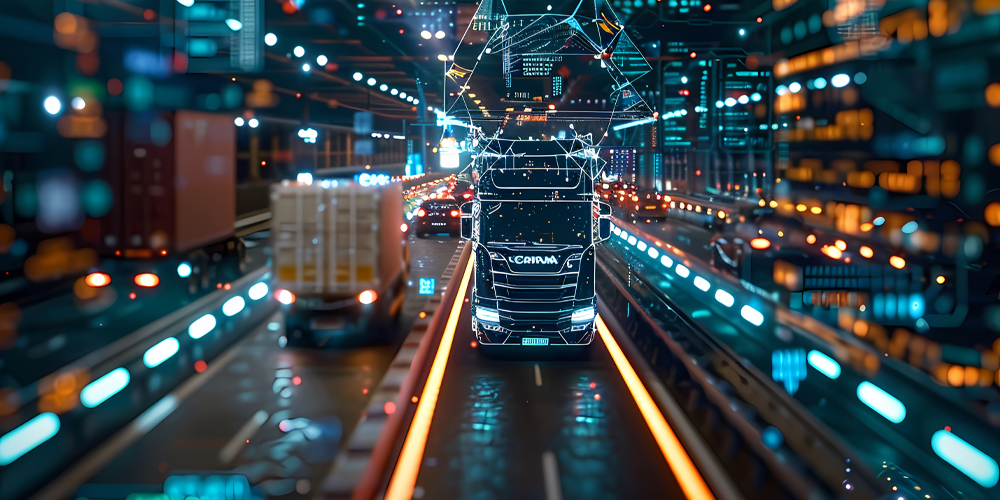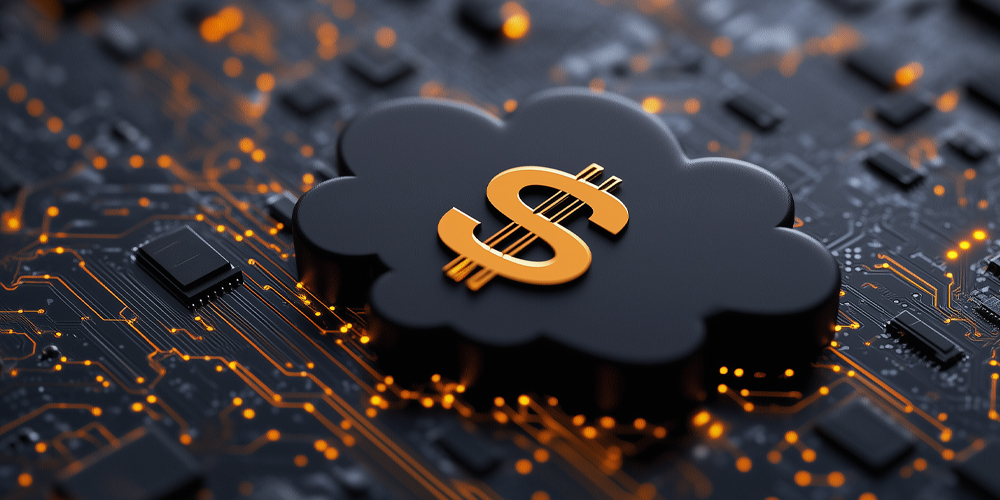The Role of IoT in Smart Cities
In recent years, the concept of smart cities has gained significant traction as urban areas adopt technology to enhance the quality of life for residents. At the heart of this transformation lies the Internet of Things (IoT), a network of interconnected devices that collect and exchange data. This interconnectedness enables cities to operate more efficiently and sustainably.
IoT plays a crucial role in optimizing urban services. For example, smart transportation systems utilize IoT sensors to monitor traffic patterns in real time. This data helps city planners manage congestion and improve public transportation routes, ultimately reducing commute times for residents.
In addition to transportation, IoT significantly impacts energy management. Smart grids equipped with IoT technology enable cities to monitor energy consumption patterns, allowing for more efficient resource allocation. By integrating renewable energy sources, cities can reduce their carbon footprint and promote sustainability.
Another vital area is waste management. IoT devices in waste bins can monitor fill levels, ensuring timely pickups and reducing operational costs. This efficiency not only saves resources but also minimizes environmental impact.
Public safety is enhanced through IoT technology as well. Connected surveillance systems and emergency alerts improve response times to incidents, making urban areas safer for residents.
In conclusion, the role of IoT in smart cities is transformative. By enhancing efficiency, sustainability, and livability, IoT technologies help create urban environments that respond dynamically to the needs of their inhabitants. As cities continue to evolve, embracing IoT will be essential for building smarter, more resilient communities.
Understanding Smart Cities

What is a Smart City?
A smart city leverages technology and data to optimize urban services, improve infrastructure, and enhance the overall quality of life for its residents. By utilizing IoT solutions, smart cities gather real-time information from various sources, such as traffic systems, public transportation, energy grids, and environmental sensors. This data-driven approach enables cities to respond effectively to the needs of their inhabitants.
Key Characteristics of Smart Cities
Connected Infrastructure: One of the defining features of a smart city is its interconnected systems. These systems communicate with each other to streamline operations and enhance efficiency. For instance, traffic signals can adjust in real time based on traffic flow, reducing congestion and improving travel times.
Data-Driven Decision Making: Smart cities rely on data collected from various IoT devices to inform urban planning and management. By analyzing this data, city planners can identify trends, allocate resources effectively, and address urban challenges such as pollution, waste management, and public safety. This proactive approach ensures that cities can adapt to changing conditions and meet the demands of their growing populations.
Enhanced Quality of Life: The integration of technology in urban environments significantly improves services for residents. Smart cities offer better public transportation, efficient energy management, and enhanced public safety measures. These improvements not only make life easier but also contribute to a more sustainable and enjoyable living experience.
In summary, smart cities harness the power of technology and data to create connected, efficient, and livable urban spaces. By embracing these innovations, cities can improve the quality of life for their residents while addressing the challenges of modern urbanization.
How IoT Enhances Smart City Functions
1. Smart Transportation
IoT plays a pivotal role in revolutionizing urban transportation. Connected vehicles, traffic sensors, and public transport systems communicate in real time, facilitating smoother traffic flow.
Benefits of Smart Transportation
- Reduced Traffic Congestion: Real-time data helps optimize traffic signals and reduce delays.
- Improved Public Transport: Passengers receive real-time updates on bus and train arrivals, enhancing convenience.
- Enhanced Safety: IoT sensors can detect accidents or hazardous conditions, alerting authorities quickly.
2. Efficient Energy Management
Energy management is another area where IoT significantly impacts smart cities. Smart grids equipped with IoT technology enable cities to monitor energy consumption patterns.
Advantages of Efficient Energy Management
- Reduced Energy Waste: IoT devices help identify inefficiencies and optimize energy usage.
- Renewable Energy Integration: Smart grids facilitate the integration of renewable energy sources, reducing carbon footprints.
- Cost Savings: Efficient energy management leads to lower utility costs for both residents and municipalities.
3. Smart Waste Management
IoT technology transforms waste management practices in smart cities. Connected waste bins equipped with sensors monitor fill levels and optimize collection routes.
Benefits of Smart Waste Management
- Optimized Collection Routes: Waste collection vehicles can be dispatched only when bins are full, saving time and fuel.
- Reduced Environmental Impact: Efficient waste management minimizes overflowing bins and reduces litter.
- Enhanced Recycling Rates: Sensors can track recycling contamination, promoting better recycling practices among residents.
4. Public Safety and Security
Enhancing public safety is a critical aspect of smart cities. IoT devices, such as surveillance cameras and emergency sensors, contribute to a safer urban environment.
How IoT Improves Public Safety
- Real-Time Surveillance: Connected cameras provide authorities with live feeds, improving response times to incidents.
- Emergency Alerts: IoT sensors can detect fires or gas leaks, automatically alerting emergency services.
- Disaster Management: In the event of natural disasters, IoT systems can provide critical data to aid rescue operations.
5. Environmental Monitoring
Environmental sustainability is a cornerstone of smart cities. IoT technology facilitates real-time monitoring of air quality, noise levels, and weather conditions.
Advantages of Environmental Monitoring
- Improved Public Health: Monitoring air quality helps cities identify pollution sources and implement solutions.
- Informed Urban Planning: Data on environmental conditions supports sustainable urban development.
- Community Engagement: Residents can access environmental data, promoting awareness and encouraging sustainable practices.
Challenges in Implementing IoT in Smart Cities
While the potential of IoT in smart cities is immense, several challenges must be addressed for successful implementation.
1. Data Privacy and Security
As more devices connect to the internet, concerns about data privacy and security grow. Protecting sensitive information is crucial to maintaining public trust.
2. Infrastructure Costs
Implementing IoT technology requires significant investment in infrastructure. Cities must balance budget constraints with the need for modernization.
3. Interoperability
Ensuring that different IoT systems work seamlessly together is essential. Lack of standardization can hinder the effectiveness of smart city initiatives.
The Future of IoT in Smart Cities

Innovations on the Horizon
The future of IoT in smart cities is promising. Emerging technologies, such as artificial intelligence (AI) and machine learning, will enhance data analysis and decision-making.
Collaboration and Partnerships
Collaboration between government agencies, technology providers, and community organizations will be vital for the successful implementation of IoT solutions. These partnerships can facilitate knowledge sharing and resource allocation.
Conclusion
The role of IoT in smart cities is transformative, enhancing efficiency, sustainability, and the overall quality of life for residents. From smart transportation to public safety and environmental monitoring, the integration of IoT technology addresses urban challenges and creates vibrant, connected communities. As cities continue to evolve, embracing IoT will be key to building a sustainable and livable future.




